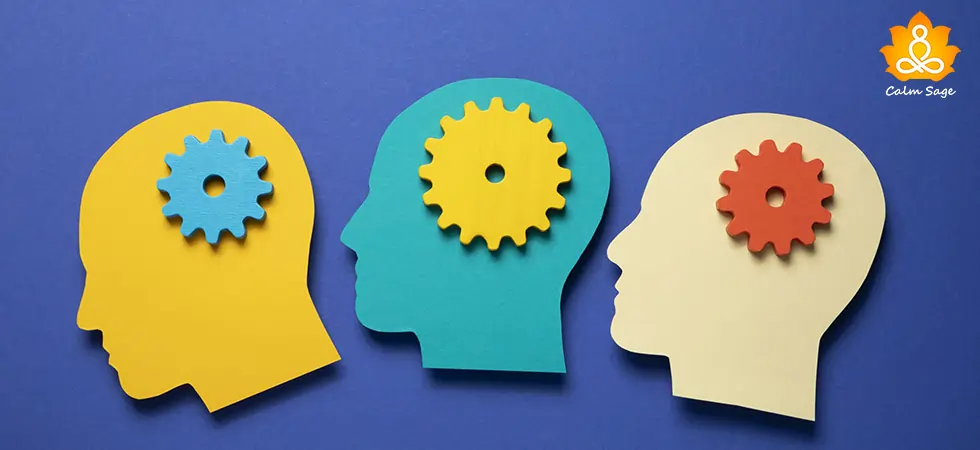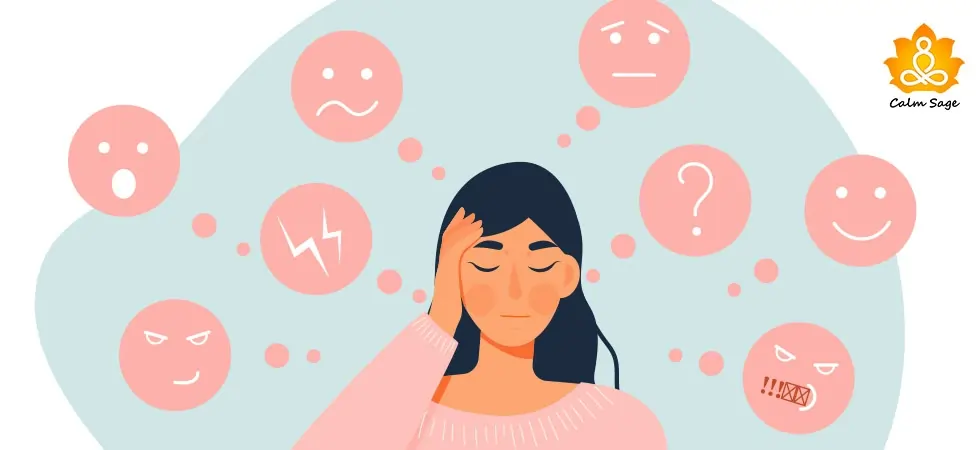Reactive Attachment Disorder: Signs, Causes, Treatment & More

List of Contents
Does your child find it difficult to form a healthy and secure emotional bond with you? Or do you find it challenging to form meaningful connections with others?
Reactive Attachment Disorder (RAD), a rare yet serious type of attachment disorder, is when a child fails to establish a healthy and secure emotional attachment with their parents or caregivers. RAD develops when a child’s basic emotional needs aren’t met by their parents or guardians.
In this blog, let’s take a look at Reactive attachment disorder, its types, the signs, causes, and treatment options for RAD.
What Is Reactive Attachment Disorder?
Reactive Attachment Disorder or RAD is a type of attachment disorder where a child fails to form emotional and secure bonds with their parents. Children with reactive attachment disorder may have trouble controlling their emotions and later in life may struggle to form meaningful relationships with others.
Children with RAD may not show signs such as being fearful of their parents, showing little to no signs of comfort, etc. In such cases, a child may often feel irritable, sad, and unsafe while growing up, even if the family environment is safe.
Reactive Attachment Disorder Symptoms
Reactive attachment disorder develops mostly in children between 9 months to 5 years, especially when they experience abuse or neglect at home. The symptoms and effects of this attachment disorder may stay till adulthood too.
Reactive attachment disorder symptoms may include:
- Sad and emotionless appearance
- Unexplained fear and withdrawal from parents
- Not seeking comfort or showing emotions when comforted
- Failure to express emotions
- Avoiding all social interactions, eye contact, and affections especially when given by parents
- Avoiding seeking support from parents/guardians
When a child with reactive attachment disorder grows older, the symptoms can be categorized into two categories:
1. Inhibited RAD: The child is aware of what is happening around them, but does not respond. A child with this symptom is typically withdrawn and emotionally unresponsive and may neither show nor seek affection from parents/guardians or others.
2. Disinhibited RAD: The child is overly friendly toward people other than their family members. A child with this symptom does not prefer their parents over others and may seek affection from others, unsafely.
Potential Causes For RAD
There are no exact causes but many researchers believe that lack of affection from parents or guardians may contribute to the development of reactive attachment disorder.
This kind of behavior may make a child feel abandoned and neglected and may prevent them from forming secure and healthy emotional connections.
Some circumstances that may contribute to this attachment disorder can be:
- When a child is not comforted when in distress
- A child whose basic emotional needs are left unfulfilled
- A child who is not shown physical affection or is abused by their caretakers
- When a child has more than one primary caregivers
- When the parents/guardians are struggling with a mental health disorder that may impair their parenting
Effects Of Reactive Attachment Disorder In Adults
Reactive attachment disorder can carry into adulthood if left untreated or if the treatment given was not effective. In adults, the effects of RAD can interfere with your ability to connect and establish healthy relationships.
Other effects of reactive attachment disorder in adults can be:
- Detachment or withdrawal
- Inability to maintain meaningful relationships
- Failure to show affection
- Anger problems
- Impulsivity
- Distrustful
- Failure to openly express emotions
- Feeling emptiness
- Lacking a sense of belonging
Reactive Attachment Disorder Treatment
Reactive attachment disorder treatment focuses on repairing or establishing emotional bonds with family members. RAD treatment aims to strengthen relationships between a child and their parents.
Treatments can include:
A. Psychotherapy: With the help of a mental health counselor, you can learn to build skills and reduce behaviors that create a problem.
B. Family Therapy: With this therapy, a counselor works together with the parents/guardians/caretakers and the child to build ways to form secure and healthy connections.
C. Social Skills Intervention: With this therapy, a child learns how to interact appropriately with other children in a social setting. This treatment may include parents to help the child use the skills they learn in a realistic setting.
D. Parenting Classes: In parenting classes, parents learn effective ways of regulating their child’s challenges and struggles.
Ready to Try Betterhelp Online Therapy for 7 Days?
While therapy and other treatment options do their job, you as parents/guardians can do your part in preventing this attachment disorder from developing. Here are some tips to help you meet your child’s emotional needs:
- If you lack experience with children, you can take classes or volunteer with children
- If your child acts withdrawn, you can actively engage them by playing with them, talking with them, and interacting regularly with them
- Children understand non-verbal cues too so offer your child non-verbal and verbal cues in response to their feelings
- If your child reacts inappropriately, you can try to remain calm. Only when the child has calmed should you show care and love
- Be consistent in your affection with your child and avoid withholding affection as punishment
Writer’s Thoughts
Many children who grow up with reactive attachment disorder can grow up to form healthy and meaningful relationships if they receive effective treatment and when their parents model healthy relationship patterns.
If a child diagnosed with RAD doesn’t receive appropriate treatment, they may risk facing emotional issues in adulthood.
I hope this article was able to help you understand what is reactive affective disorder (RAD), its symptoms, causes, effects, and much more!
If you’d like to connect with a mental health professional, you can write to us at info@calmsage.com or connect with us on social media. If you found this article helpful, let us know in the comments below!
Take Care!




















